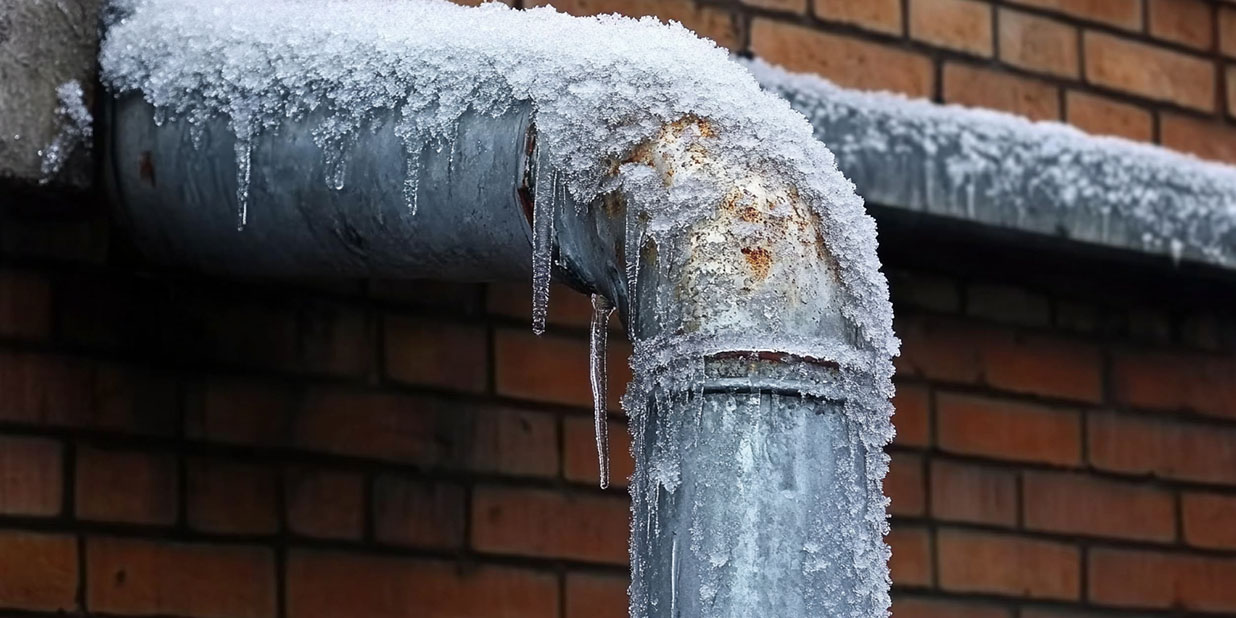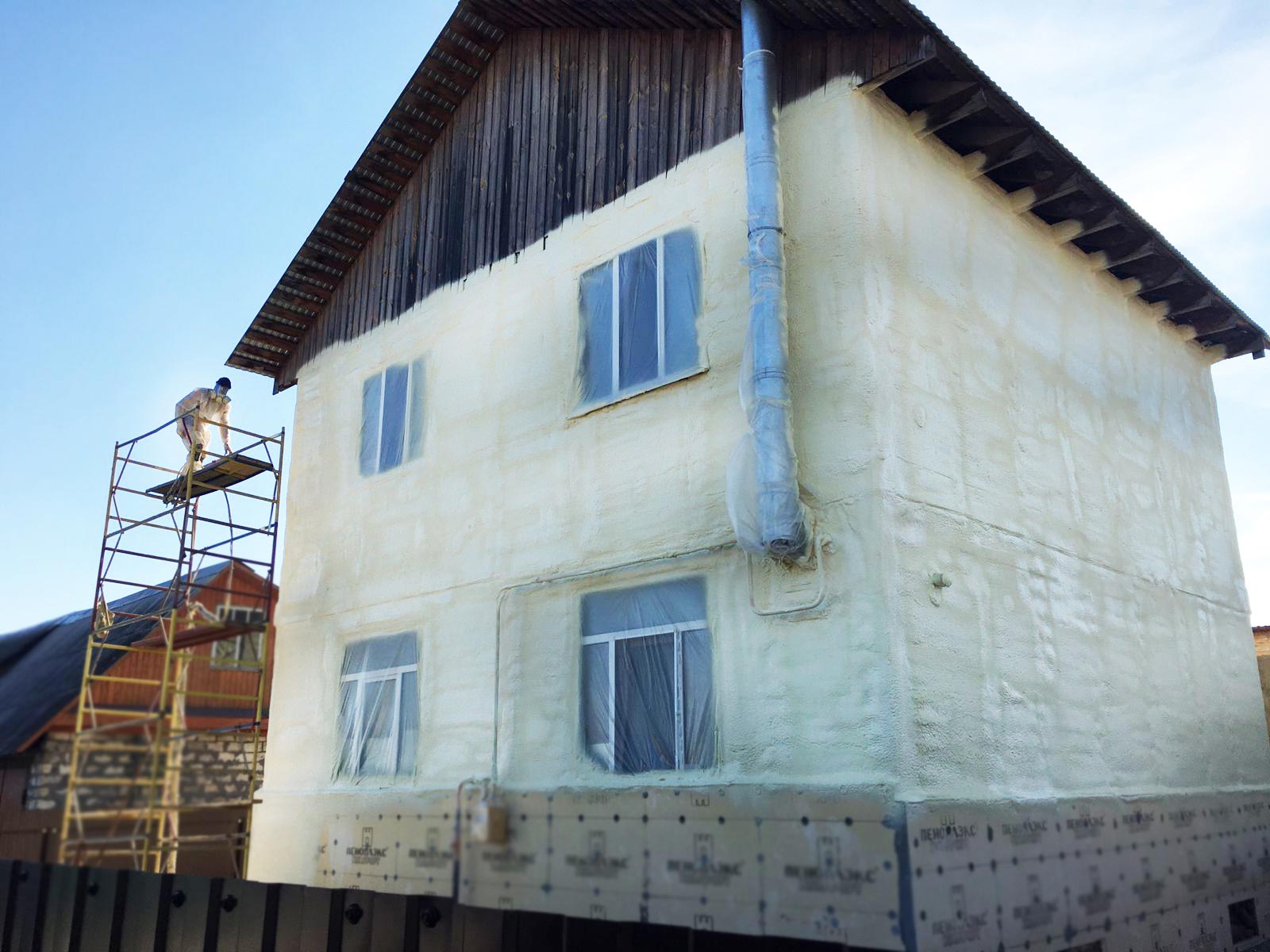Table of contents
Air is very crucial thing for combustion in any engine because oxygen present in air helps to burn fuel. A filter needs to filter dirt out of the air, and still allow air to flow into the engine. Without a filter over thousands of miles, small dirt particles can cause engine wear which leads to loss in performance, efficiency and can lead to engine failure.
An automotive air filter seal performs two functions: it prevents dust from bypassing the filter media (sealing function), and it supports the filter media mechanically (structural function). It must seal at installation, and reseal after routine inspection, without exerting excessive force on the air cleaner housing.
Traditionally, automotive air filter is made of urethane. Urethane is like rubber, but more durable, and more resistant to heat than rubber. Also, over time urethane will not deteriorate and crack like rubber. It also has a broader range of operating temps compared to rubber, which means when extremely cold out, it won’t get brittle and break.
There are two different types of air filters; these air filters can be further categorized according to their shapes:
- Panel
- Round
Panel filters are favored in most of today’s models of passenger car and light commercial vehicle, and round filters can have the shape of a ring, an oval or a cylinder; they are used in heavy vehicles, due to their varied size and shape great care must be taken to ensure each filter can stand the pressure its subjected to under normal driving conditions, to ensure integrity of each filter in selected filters. On the other hand, in Polyurethane processing, the process is very sensitive to various process parameters along with the basic materials to obtain necessary end results in terms of morphology and physical properties free of aesthetic defects.
Some typical test methods to determine quality of a polyurethane air filter foam
Free rise density
Free-rise cup samples are produced by pouring a calibrated quantity of liquid polyurethane into a paper cup, then permitting the material to foam above the lip of the cup. The test can be done according to ASTM D1622-08. Such samples provide a quick test of free rise density, as follows:
- Polyurethane above the lip is cut off, then the cup is weighed.
- The free-rise density is the weight of the polyurethane divided by the cup volume.
Durometer
Durometer readings are used to monitor the “hardness” of seals. The test can be done according to ASTM D2240, (Shore A and Shore 00). Durometer is a poor measure of overall seal hardness because seal density varies from corners to edges, and only a small area is measured at one time.
Compression Set
Compression set is a measure of the long-term behavior of a seal under load and temperature. Polyurethane is compressed to 50% of its original height for a given time and temperature, then allowed to recover. Compression set as a percentage of original thickness is given as:
where to is the initial thickness and tf is the final thickness.
Resistance to Deflection
Resistance to deflection is a measure of the short-term behavior of a seal during filter installation in a housing. It is measured either with durometer testing, in-housing compression load testing, or compression / deflection tests, described in ASTM D1056. According to this test method, samples are compressed 25% of their initial thickness, and the load is measured.
Compressibility
Compressibility is a measure of short-term behavior of a seal which has not been previously exposed to load or thermal cycling, according to ASTM F36, Procedure B. A flat polyurethane sample is compressed between platens with a 4.4 N preload for 15 s, compressed under a 351 N major load for 60 s, then returned to the preload (recovered condition). Deflection is measured at each stage. Compressibility is given as:
where P is the thickness at initial preload and M is the thickness under major load.
Although compressibility and compression set equations are similar, the initial thickness of the samples is measured differently (one is under preload, the other is not), and the samples have different temperature and load histories.
Recovery
A compressibility test is run as described above. Recovery is given as:
where P and M are as given in equation, and R is the recovered thickness.
To sum up, the most common air filters are made of polyurethane foam; that is because of appropriate fit due to precise dimensions and high-quality sealing materials.
The mentioned product has been designed in Imen Polymer Chemie company. For more detailed information be in touch with our sales experts.






